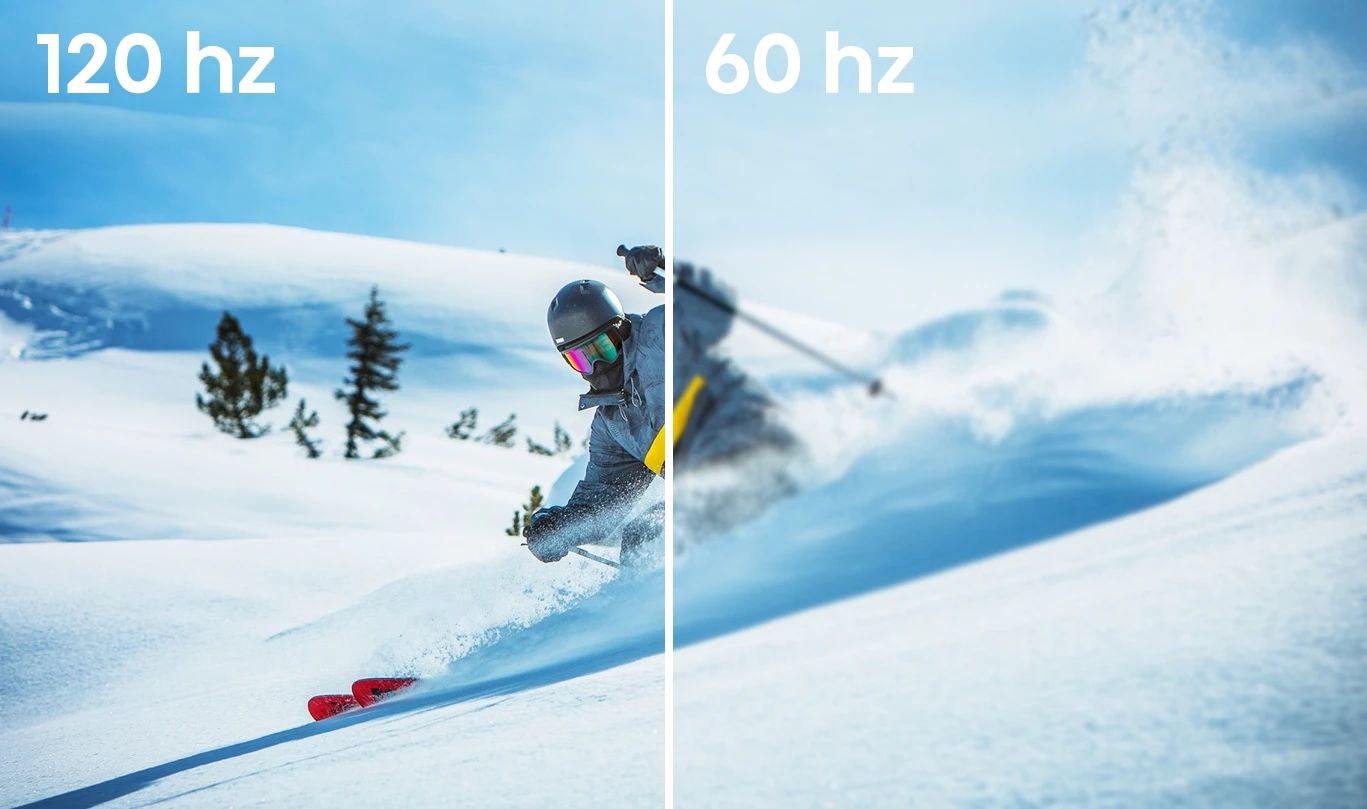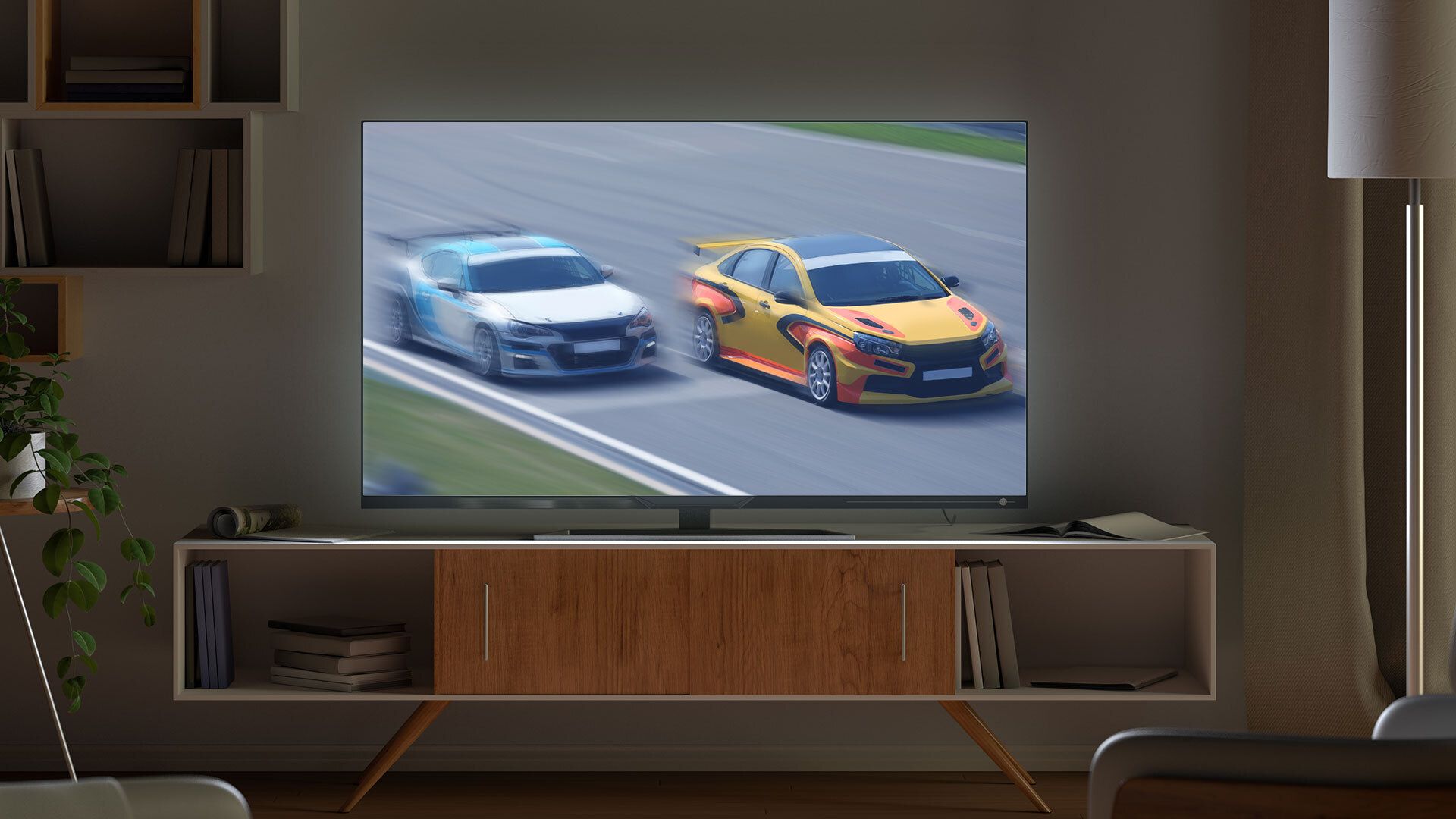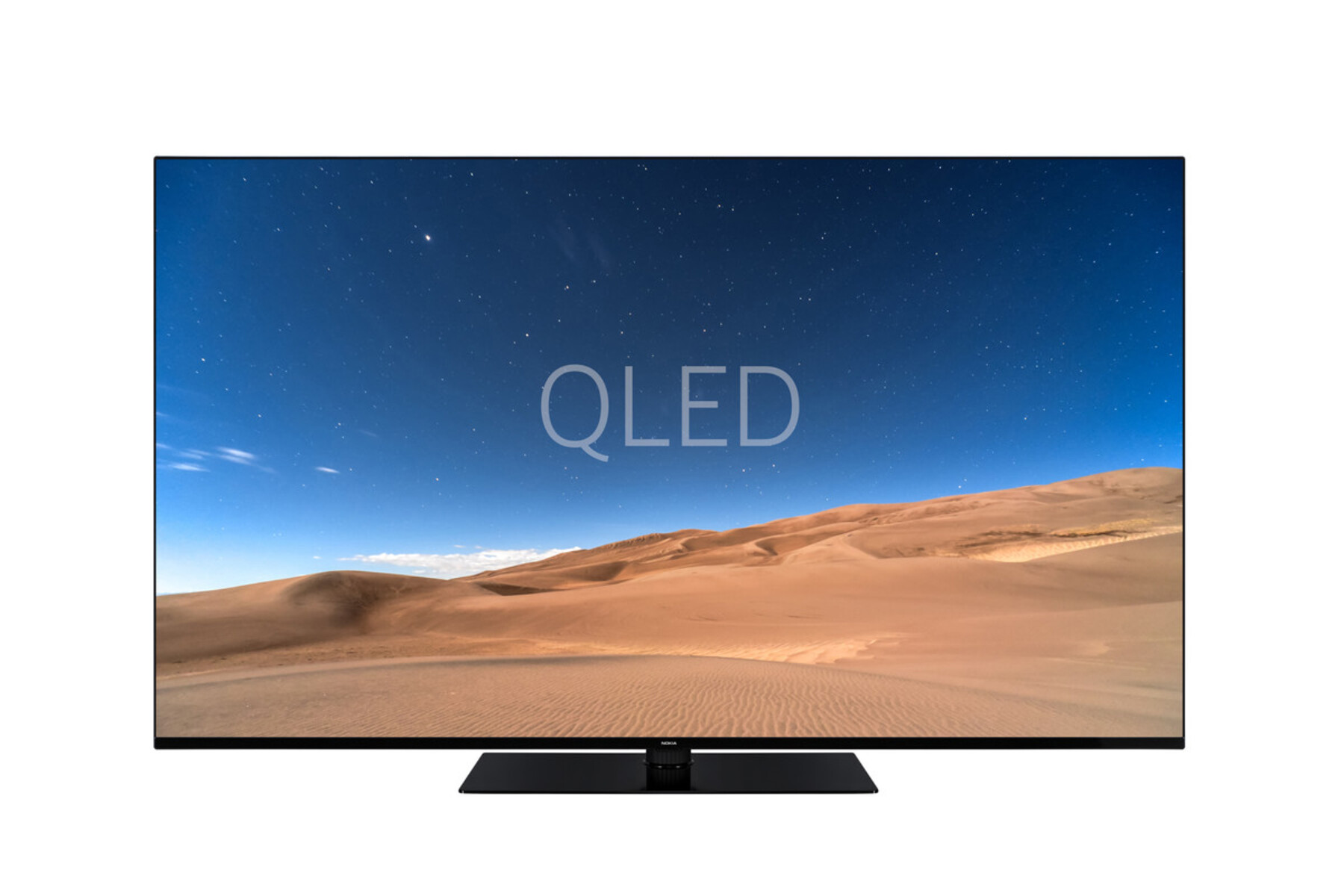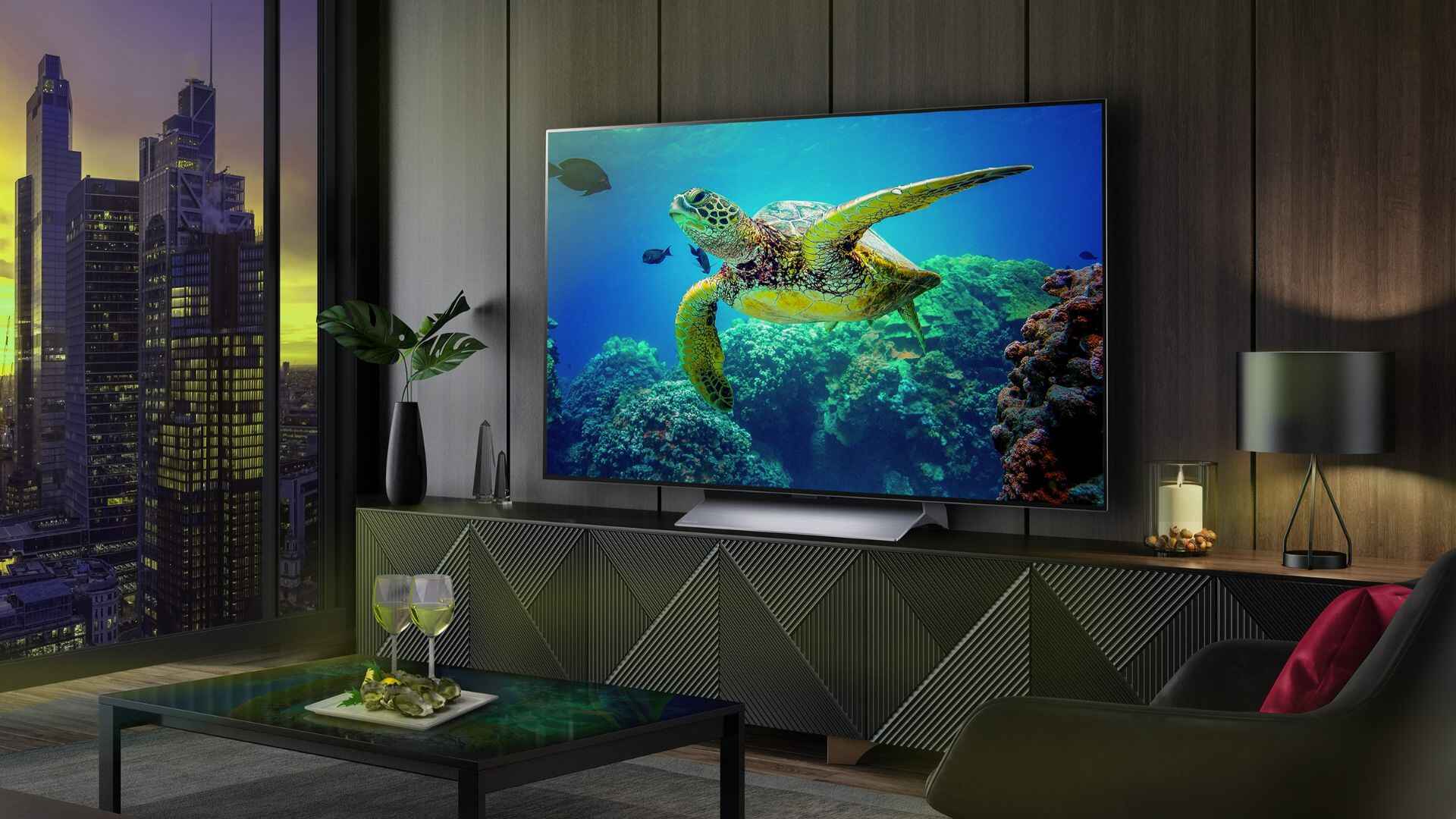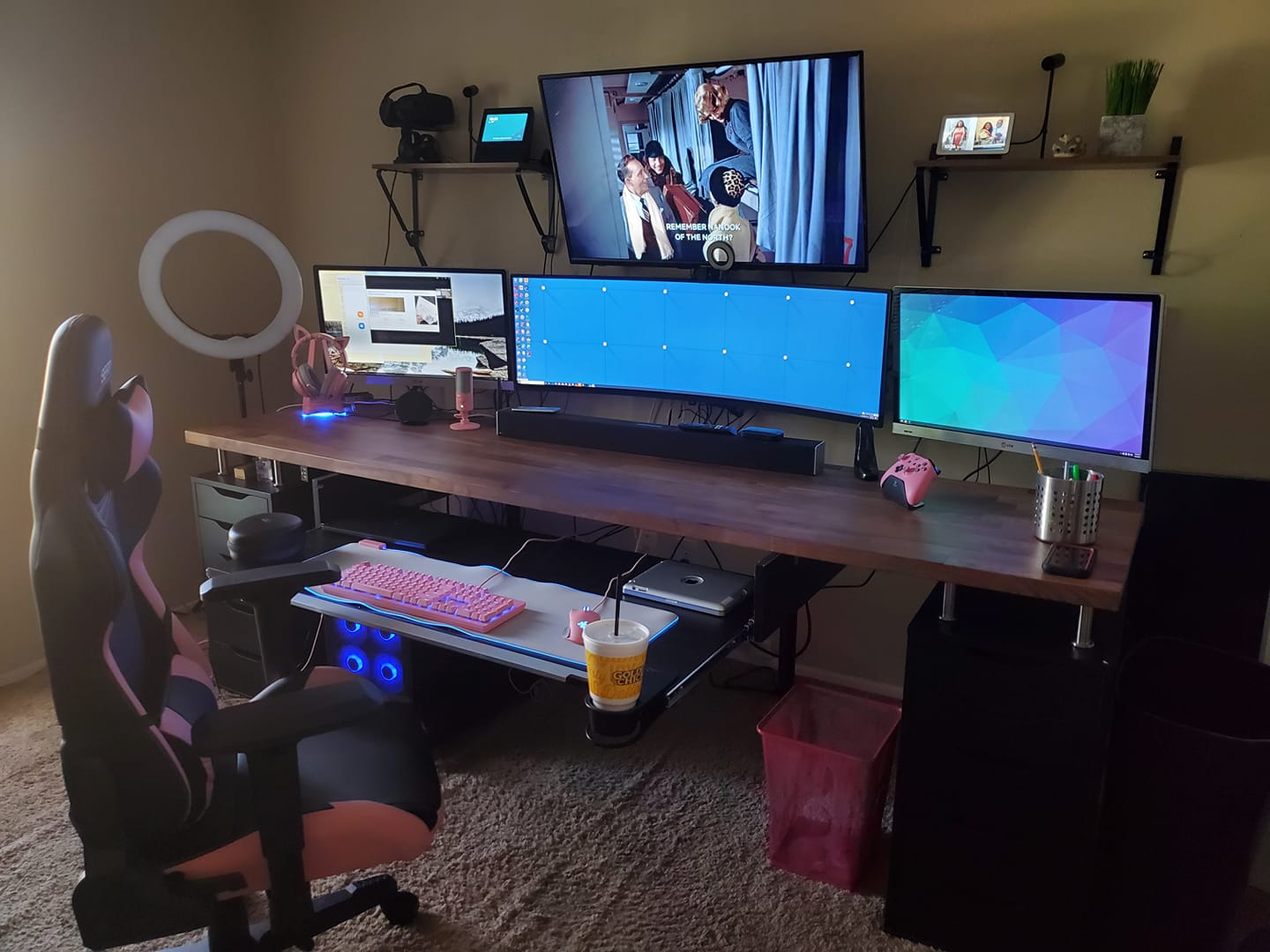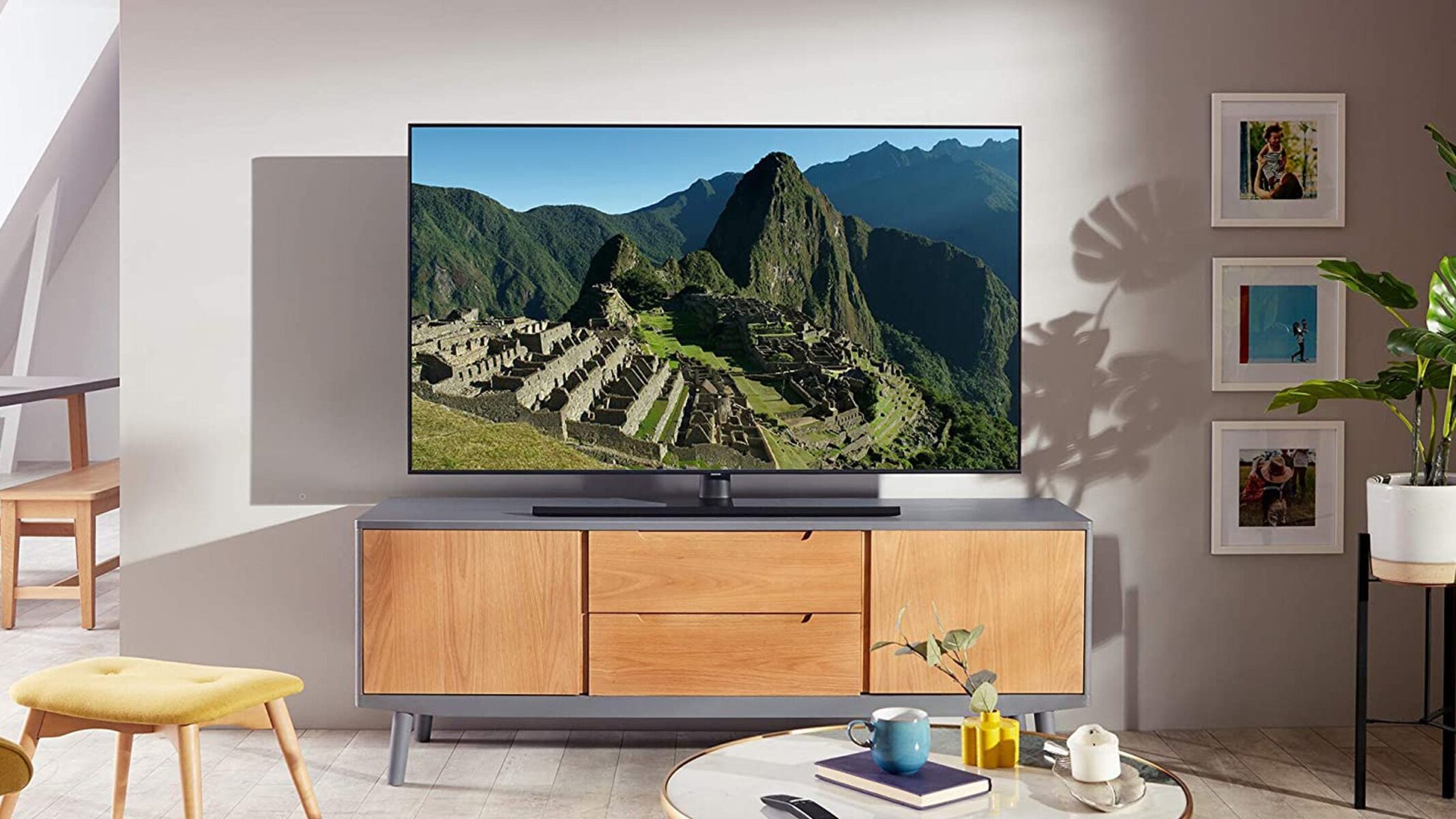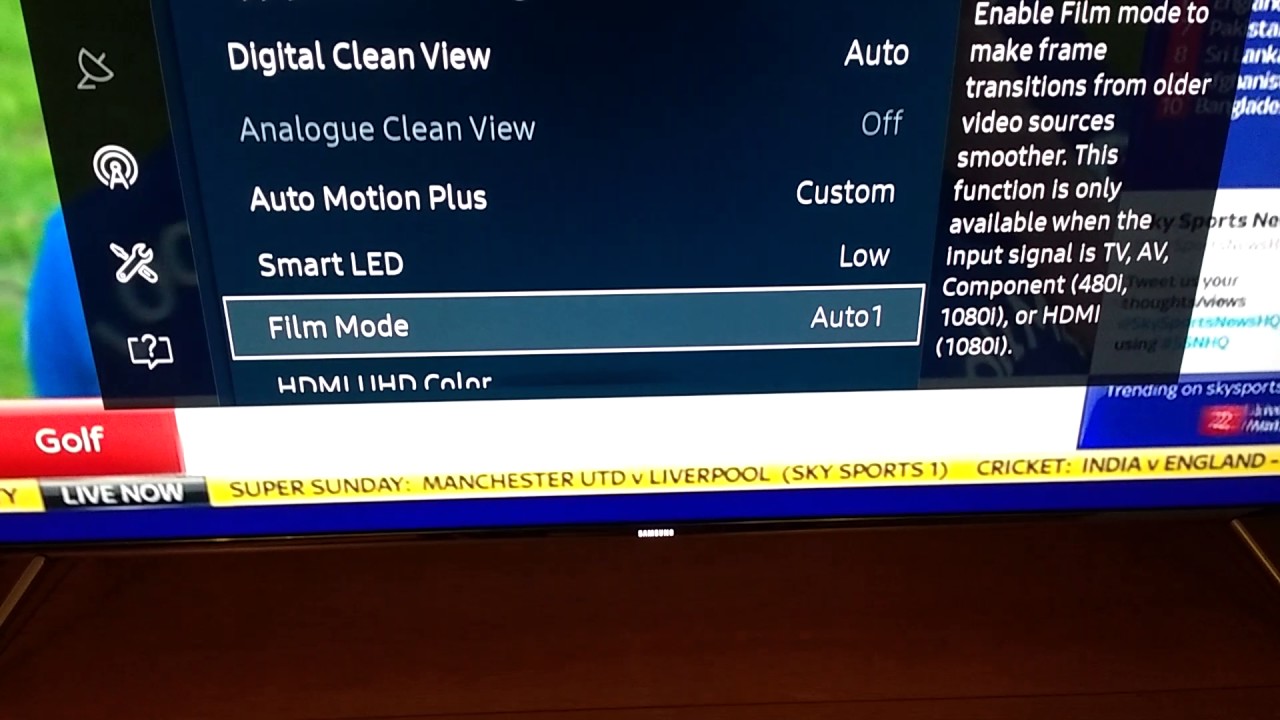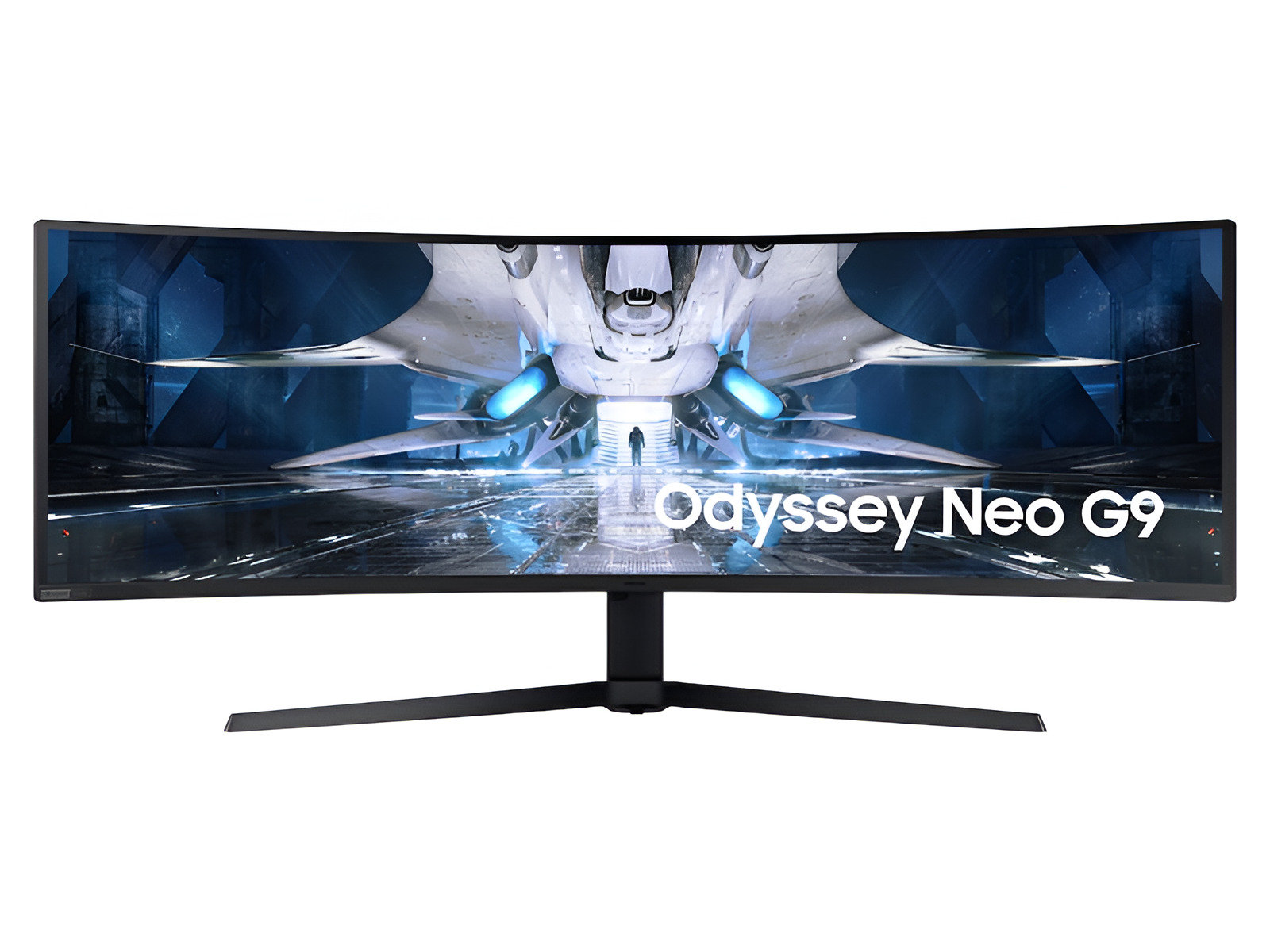Introduction
When it comes to buying a new LED TV, you may have come across terms like 120Hz and 240Hz refresh rate. These numbers may sound technical and confusing at first, but they actually play a crucial role in determining the quality of the picture on your television. Understanding the difference between these two refresh rates can help you make an informed decision and choose the right TV for your needs.
Refresh rate refers to how many times per second the television screen refreshes the image it displays. A higher refresh rate means smoother motion and reduced motion blur, resulting in a clearer and more enjoyable viewing experience. While most standard TVs come with a refresh rate of 60Hz, 120Hz and 240Hz LED TVs offer even higher refresh rates, providing an enhanced visual experience.
In this article, we will explore the differences between 120Hz and 240Hz LED TVs and help you understand the benefits and considerations associated with each option. Whether you enjoy watching fast-paced sports, playing video games, or simply want the best picture quality for your favorite movies and shows, understanding refresh rates will enable you to make an educated decision when purchasing your next LED TV.
What is refresh rate?
Refresh rate refers to the number of times per second that a television screen updates or refreshes the displayed image. It is measured in Hertz (Hz), which indicates the number of cycles per second. The refresh rate plays a significant role in determining the smoothness and clarity of motion on the screen.
A higher refresh rate means that the image on the screen is refreshed more frequently, resulting in smoother motion and reduced motion blur. For example, a TV with a refresh rate of 60Hz updates the image 60 times per second, while a TV with a refresh rate of 120Hz updates it 120 times per second. Similarly, a 240Hz refresh rate means that the image is refreshed 240 times per second.
It is important to note that the refresh rate not only affects fast-moving content, such as sports events or action movies, but also contributes to the overall picture quality. A higher refresh rate can help minimize motion blur, making the image appear sharper and clearer, especially during fast-paced scenes.
It is worth mentioning that the refresh rate does not affect the resolution of the TV. It is a separate specification that determines the smoothness of motion rather than the level of detail in the picture. So, even if you have a TV with a high resolution, such as 4K, it is still beneficial to consider the refresh rate when evaluating the overall picture quality.
Now that we have a basic understanding of what refresh rate is, let’s dive into the differences between 120Hz and 240Hz LED TVs and explore their respective benefits and considerations.
120Hz LED TVs
A 120Hz LED TV offers a refresh rate of 120 cycles per second, twice as fast as the standard 60Hz refresh rate found in most TVs. This higher refresh rate enhances the clarity of motion on the screen, reducing motion blur and judder.
One of the key advantages of a 120Hz LED TV is its ability to handle fast-moving content more effectively. The higher refresh rate minimizes motion blur, which can be especially noticeable in action-packed scenes, sports events, or fast-paced video games. This means you can enjoy smoother, more fluid motion and a more immersive viewing experience.
Additionally, a 120Hz LED TV often incorporates advanced motion interpolation technology. This technology inserts additional frames in between the original frames to create a smoother transition between them. This can further reduce motion blur and judder, resulting in a more lifelike picture.
It is important to note that not all content is filmed or broadcasted at 120 frames per second. Most movies and TV shows are typically filmed at 24 frames per second, while sports broadcasts may have a higher frame rate. When watching content with a lower frame rate, a 120Hz TV can use its motion interpolation technology to create additional frames and make the motion appear smoother.
However, it’s worth mentioning that not everyone may notice a significant difference between a 120Hz and a standard 60Hz TV, especially when watching slower-paced content. The benefits of a higher refresh rate are most noticeable during fast-moving scenes or when actively engaged in gaming.
An important consideration when purchasing a 120Hz LED TV is the price. Generally, 120Hz TVs tend to be more affordable compared to their 240Hz counterparts. So, if you desire a smoother motion but have a limited budget, a 120Hz LED TV can be a viable option.
Now that we have explored 120Hz LED TVs, let’s move on to understanding 240Hz LED TVs and the advantages they offer.
240Hz LED TVs
240Hz LED TVs take the refresh rate to the next level by offering a refresh rate of 240 cycles per second. This higher refresh rate provides even smoother motion and further reduces motion blur and judder compared to a 120Hz TV.
One of the advantages of a 240Hz LED TV is its ability to handle fast-paced content with exceptional clarity. The higher refresh rate ensures that fast-moving images appear sharper and more defined, allowing you to see every detail even during rapid action sequences or sports events.
Like a 120Hz TV, a 240Hz LED TV also utilizes motion interpolation technology to insert additional frames in between the original frames. This helps to further enhance the smoothness of motion and eliminate any judder or blur that may occur. The result is a more fluid and lifelike viewing experience.
While the visual difference between a 120Hz and a 240Hz TV may not be noticeable to everyone, there are certain benefits that can be appreciated by avid gamers and enthusiasts of fast-moving content. For gamers, a 240Hz TV can provide a more responsive and immersive gaming experience, with smoother motion and reduced input lag.
Another advantage of 240Hz LED TVs is their ability to handle 3D content. The higher refresh rate enables the TV to display 3D movies and games with improved clarity and reduced crosstalk, resulting in a more enjoyable 3D viewing experience.
However, it’s worth considering that the price of a 240Hz LED TV is typically higher compared to a 120Hz TV. The advanced technology and capabilities of a 240Hz TV contribute to its higher cost. So, if budget is a concern for you, a 240Hz TV may not be the most affordable option.
Now that we have explored the benefits and considerations of a 240Hz LED TV, let’s evaluate how refresh rate affects motion blur and judder.
Motion blur and judder
When it comes to watching fast-moving content, such as sports events or action movies, motion blur and judder can be significant factors that affect the overall viewing experience. Motion blur refers to the blurring effect that occurs when objects move quickly on the screen, while judder refers to the uneven or jerky motion that can occur during panning shots or scenes with vertical movement.
A higher refresh rate, such as 120Hz or 240Hz, helps to minimize motion blur and judder. With a higher refresh rate, the TV is able to update the image more frequently, resulting in smoother motion and reduced blurring. This is especially noticeable during fast-paced action sequences, where details can easily get lost with a lower refresh rate.
Both 120Hz and 240Hz LED TVs are designed to effectively combat motion blur and judder, but the difference becomes more pronounced with a 240Hz TV. The faster refresh rate ensures that even the most rapid movements appear clear and sharp, providing a more immersive and enjoyable viewing experience.
It is worth noting that while a higher refresh rate can significantly reduce motion blur and judder, it cannot completely eliminate them. Other factors, such as the response time of the TV and the quality of the content being watched, also contribute to the overall motion clarity. However, having a higher refresh rate is a crucial component in ensuring a smooth and blur-free picture.
Whether you opt for a 120Hz or 240Hz LED TV, you can expect a considerable improvement in motion handling compared to a standard 60Hz TV. The choice between the two primarily depends on your specific preferences and budget.
Now, let’s explore how refresh rate affects gaming and fast-moving content.
Gaming and fast-moving content
Gaming and fast-moving content require a TV with a high refresh rate to ensure smooth and responsive visuals. Whether you’re an avid gamer or enjoy watching action-packed movies, a higher refresh rate can greatly enhance your overall experience.
For gaming, a higher refresh rate, such as 120Hz or 240Hz, allows for smoother motion and reduced input lag. This means that the actions performed by the player in the game are more accurately represented on the screen, resulting in a more responsive and immersive gaming experience. Fast-paced games, such as first-person shooters or racing games, greatly benefit from a higher refresh rate, as it helps to eliminate motion blur and judder, allowing for better visibility and precision.
Similarly, when watching fast-moving content like sports events or action movies, a higher refresh rate helps to capture and display every detail without any blurring or ghosting effects. The smoothness of motion allows you to fully immerse yourself in the action, making the viewing experience more enjoyable and engaging.
While a 120Hz LED TV can already provide a significant improvement in gaming and fast-moving content, a 240Hz LED TV takes it a step further. The faster refresh rate ensures even smoother motion and reduced motion blur, enhancing the visual experience even more. This can be particularly beneficial for competitive gamers who require the utmost precision and responsiveness.
It’s important to note that to fully utilize the benefits of a higher refresh rate for gaming, your gaming device or console should also be capable of delivering high frame rates. This means that your gaming device needs to be capable of producing at least 120 frames per second for a 120Hz TV or 240 frames per second for a 240Hz TV. Otherwise, the benefits of a higher refresh rate may not be fully utilized.
Ultimately, whether you choose a 120Hz or 240Hz LED TV for gaming and fast-moving content depends on your specific requirements and budget. Both options offer significant improvements over standard 60Hz TVs, and the choice between the two will depend on how much importance you place on ultra-smooth motion and responsiveness.
Next, let’s consider the price difference between 120Hz and 240Hz LED TVs.
Price difference between 120Hz and 240Hz LED TVs
One of the factors that may impact your decision between a 120Hz and 240Hz LED TV is the price. Generally, 240Hz LED TVs tend to be higher in price compared to their 120Hz counterparts.
The price difference can be attributed to the advanced technology and capabilities that come with a 240Hz TV. The higher refresh rate requires more processing power and specialized components, which contribute to the overall cost of manufacturing the television.
On the other hand, 120Hz LED TVs are more readily available and have been on the market for a longer period of time. This results in a wider range of options and possibly lower prices due to increased competition among manufacturers.
When considering the price difference, it’s important to assess your needs and priorities. If you are a casual viewer who enjoys watching movies, TV shows, and occasionally playing video games, a 120Hz LED TV may be sufficient for your needs. It can still provide a noticeable improvement in motion handling without breaking the bank.
However, if you are an avid gamer or prefer watching fast-paced content like sports or action movies, and you have the budget for it, investing in a 240Hz LED TV can provide an even smoother and more immersive viewing experience.
Keep in mind that pricing can vary among different brands and models, as well as factors like screen size and additional features. It’s a good idea to compare prices and read reviews to find the best value for your money.
Now that we have explored the price difference between 120Hz and 240Hz LED TVs, let’s discuss which option you should choose.
Which one should you choose?
Choosing between a 120Hz and 240Hz LED TV ultimately depends on your specific needs, preferences, and budget. Both options offer significant improvements over standard 60Hz TVs, but understanding the differences can help you make an informed decision.
If you are a casual viewer who enjoys a variety of content, including movies, TV shows, and occasional gaming, a 120Hz LED TV is likely sufficient for your needs. It provides a noticeable improvement in motion handling, reducing motion blur and judder for an enhanced viewing experience. Additionally, 120Hz LED TVs are generally more affordable, making them a practical choice for those on a budget.
On the other hand, if you are an avid gamer, enjoy watching fast-paced sports events, or prefer action-packed movies, a 240Hz LED TV may be worth considering. The higher refresh rate offers even smoother motion and reduced blur, resulting in a more immersive and enjoyable experience. However, it’s important to note that the price of a 240Hz TV is typically higher compared to a 120Hz TV, so consider your budget and prioritize your viewing needs accordingly.
In addition to the refresh rate, other factors such as the response time, resolution, and overall picture quality should also be considered when making your decision. It’s a good idea to compare different models, read reviews, and even visit a store to see the TVs in person if possible. This will allow you to evaluate the overall performance and choose the option that best suits your needs and preferences.
Remember, there is no definitive “right” choice when it comes to selecting the refresh rate for your LED TV. It ultimately comes down to personal preference and how much importance you place on smooth motion and visual clarity. Regardless of whether you choose a 120Hz or 240Hz TV, you can expect an improved viewing experience compared to a standard 60Hz TV.
Now that we have explored the differences between 120Hz and 240Hz LED TVs and discussed which option you should choose, let’s conclude our discussion.
Conclusion
When it comes to choosing between a 120Hz and 240Hz LED TV, understanding the differences and considering your specific needs is key. Both options offer significant improvements in motion handling compared to standard 60Hz TVs, but the decision ultimately depends on your preferences and budget.
A 120Hz LED TV provides a noticeable enhancement in motion clarity, reducing motion blur and judder. It is suitable for casual viewers who enjoy a variety of content, including movies, TV shows, and occasional gaming. 120Hz TVs are generally more affordable, making them a practical choice for those on a budget.
On the other hand, a 240Hz LED TV takes the motion handling to the next level. With an even higher refresh rate, it offers smoother motion, reduced blur, and a more immersive viewing experience. This option is ideal for avid gamers or enthusiasts of fast-paced sports events and action movies who desire the utmost precision and responsiveness. However, it’s important to consider that 240Hz LEDs TVs are typically higher in price.
When making your decision, it’s essential to consider factors beyond just the refresh rate, such as response time, resolution, and overall picture quality. Comparing different models, reading reviews, and assessing your specific needs will help you find the TV that best suits your preferences.
Remember, there is no definitive right or wrong choice. The goal is to find the LED TV that provides the best viewing experience for you. Whether you choose a 120Hz or 240Hz TV, both options offer a significant improvement over standard 60Hz TVs and can enhance your enjoyment of movies, shows, and video games.
Now armed with knowledge about the differences between 120Hz and 240Hz LED TVs, you can confidently make an informed decision and find the perfect television to bring your entertainment to life.









